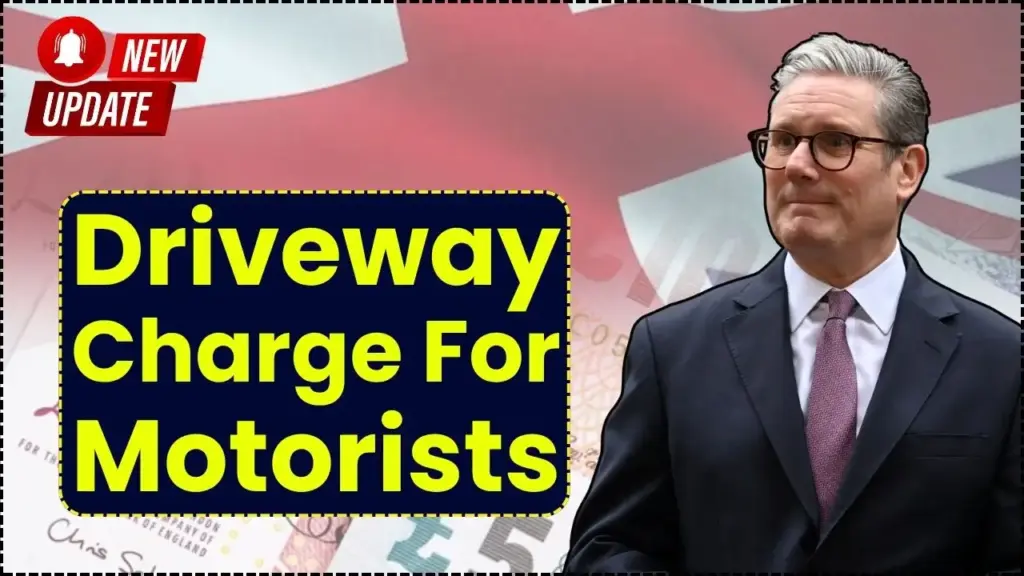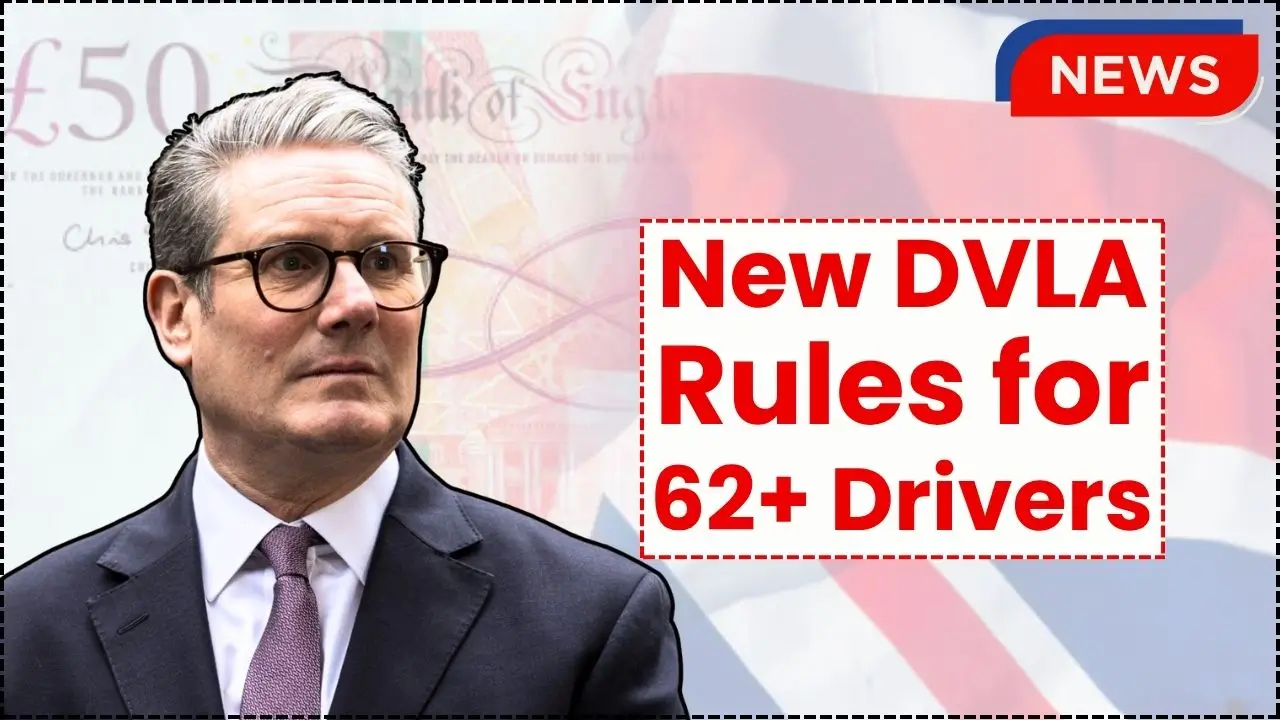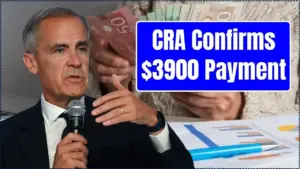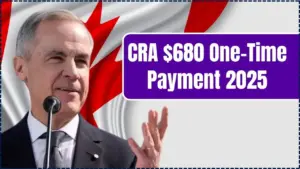Let’s cut through the noise: there is no nationwide law that started charging you simply for parking on your own driveway from October 2024, but there was a real cost shift that many motorists felt through energy bills especially those charging EVs at home which is why the phrase “driveway charge” exploded across headlines and social feeds. The October 2024 price cap set an average daily electricity standing charge and a typical unit rate per kWh, which raised fixed costs and fueled the idea that using your driveway to charge an EV now carries an unavoidable, rising fee embedded in your energy bill. That combination higher standing charges, the sharp home vs public charging price gap, and ongoing debates about how EVs will fund roads sparked anger and confusion, even though a formal driveway parking tax did not begin. In the October–December 2024 quarter, the capped standing charge made many households feel they were paying a “fee just to have power,” even before using a single kWh amplifying the feeling that charging an EV on your driveway comes with a recurring cost.

Table of Contents
Outrage as UK Motorists Hit with Driveway Charge from October 2024
| Item | What changed and why it matters |
|---|---|
| What started in Oct 2024 | The quarterly price cap set average electricity rates and a daily standing charge, increasing fixed costs that affect home charging on driveways. |
| Is it a driveway parking fee | No, there is no national fee to park on your drive; the “charge” is felt via energy billing, not parking enforcement. |
| Why people are angry | Higher standing charges, plus the growing cost gap between home and public charging, create a sense of unfairness—the “driveway divide.” |
| Who feels it most | Households charging EVs at home face fixed energy costs; those without driveways pay more per kWh on public networks, undermining EV affordability. |
| Policy direction | EV tax perks are winding down and road-funding models are under debate, which keeps costs and equity in the spotlight. |
Layer on a well-documented “driveway divide,” where people without off-street parking pay more for public charging, and the outrage makes sense even if the label is misleading. “Driveway charge UK” isn’t a ticket to park at home; it’s shorthand for how energy billing and EV policy changes are hitting motorists, particularly those charging on private driveways. In October 2024, the price cap set a typical daily electricity standing charge and an average unit rate on standard variable tariffs, making the fixed cost unavoidable and more visible in monthly bills. For EV owners, that combines with a widening gap between cheaper home charging and pricier public charging, fueling fairness concerns for drivers without off-street parking. Add in the end of certain EV tax exemptions and ongoing talk of new road-pricing models, and you see why headlines framed it as a “driveway charge.”
What Actually Changed in October 2024
From 1 October to 31 December 2024, the default tariff cap fixed an average electricity unit rate and a daily standing charge, raising typical household bills compared with the previous quarter. For motorists charging at home, that fixed cost lands whether you plug in or not, which is why many described it as a “driveway fee” that shows up on the bill rather than on the windscreen. The cap didn’t introduce a parking levy; it adjusted the price structure for energy that powers everything in your home, including an EV charger.
The Driveway Divide: Cost Gap that Stings
The UK’s “driveway divide” highlights how homeowners with off-street parking can access cheaper, predictable electricity—especially on smart overnight tariffs while those relying on public rapid chargers face far higher per‑mile costs. Public ultra-rapid charging can approach or exceed petrol-equivalent running costs, eroding the EV savings story for drivers who can’t charge on their own property. This structural gap is central to the outrage narrative and pushes policymakers to focus on equity across charging options.
Viral posts suggesting councils or the government began charging to use your own driveway in October 2024 do not reflect a national policy change; the shift was in retail energy costs under the cap, not in parking law. That said, motorists still feel a tangible monthly hit via the higher standing charge, which is why the phrase stuck even if it’s technically imprecise. Clarity matters: it’s an energy-billing issue intersecting with EV charging habits, not a driveway parking ticket regime.
How this Affects Your EV Costs
- Fixed costs: The daily electricity standing charge adds up regardless of how much you drive, so low-usage EV owners feel the fixed hit more acutely.
- Usage costs: The average unit rate under the cap sets the baseline for home charging; smart tariffs can undercut this but vary by supplier.
- Public charging premium: Without a driveway, you’re more exposed to public network pricing, which can significantly raise per‑mile costs fueling the fairness debate.
Why Headlines Blew Up
The perfect storm was a noticeable jump in fixed energy charges, simmering resentment about EV-related tax changes, and stark comparisons between home and public charging bills. Put that together and “driveway charge” is irresistible as a headline even if the underlying mechanism is a daily energy standing charge rather than a driveway parking levy. It captured the mood of motorists worried that every corner of car ownership is getting pricier.
Practical Ways to respond
- Review your tariff: If you charge at home, check whether your supplier offers a smart or off-peak tariff that reduces overnight rates, mitigating the impact of the fixed standing charge.
- Understand the cap: The cap governs average unit rates and standing charges for standard variable tariffs; switching to a different tariff structure may shift costs between fixed and variable.
- Plan for policy shifts: As EV exemptions wind down and new road-funding options are debated, budget for incremental costs that may phase in over the next cycles.
What Policymakers are Weighing
Policymakers and commentators are debating how to make EV running costs fairer for households without driveways while preserving grid stability and investment signals. Options include rebalancing standing charges, expanding kerbside charging, encouraging smart overnight charging, and long-term road-pricing models that don’t penalize those without private parking. The direction of travel is toward more contribution from EVs as they scale, but the design details will determine who pays what and when.
“Driveway charge UK” is a headline-friendly way to describe a real shift in costs felt through energy bills, not a new fine for parking on your property, and the anger reflects deeper issues about fairness between households with and without off‑street charging. Understanding the October 2024 cap and how it shapes fixed and variable electricity costs is the quickest path to lowering your EV running costs and to seeing the debate for what it is: a clash between energy economics, infrastructure, and the future of road funding.
FAQs on Outrage as UK Motorists Hit with Driveway Charge from October 2024
Is the driveway charge a real fee for parking at home
No, there is no national fee to park on your private driveway; the change motorists felt in October 2024 came through energy bills via standing charges and unit rates, not a parking levy. The term stuck because higher fixed costs coincided with EV charging discussions and tax debates.
Why do drivers without driveways pay more
Public charging is typically more expensive per kWh than home electricity, especially compared to smart overnight tariffs, which means those without off-street parking face higher running costs a gap often called the “driveway divide.” This difference can make EV ownership feel less compelling for many urban and rented households.
Did October 2024 make EVs more expensive to run
For many households on standard variable tariffs, the October–December cap increased typical bills, and the fixed standing charge made costs feel stickier, which can nudge up home charging expenses unless offset by a cheaper tariff. The effect varies by region, tariff, and usage.
What should motorists do now
Audit your usage and tariff, consider smart or off‑peak rates if you charge at home, keep an eye on evolving EV tax rules, and compare local public networks for best rates and reliability if you can’t install a charger. Optimizing when and where you charge can meaningfully reduce annual costs.














